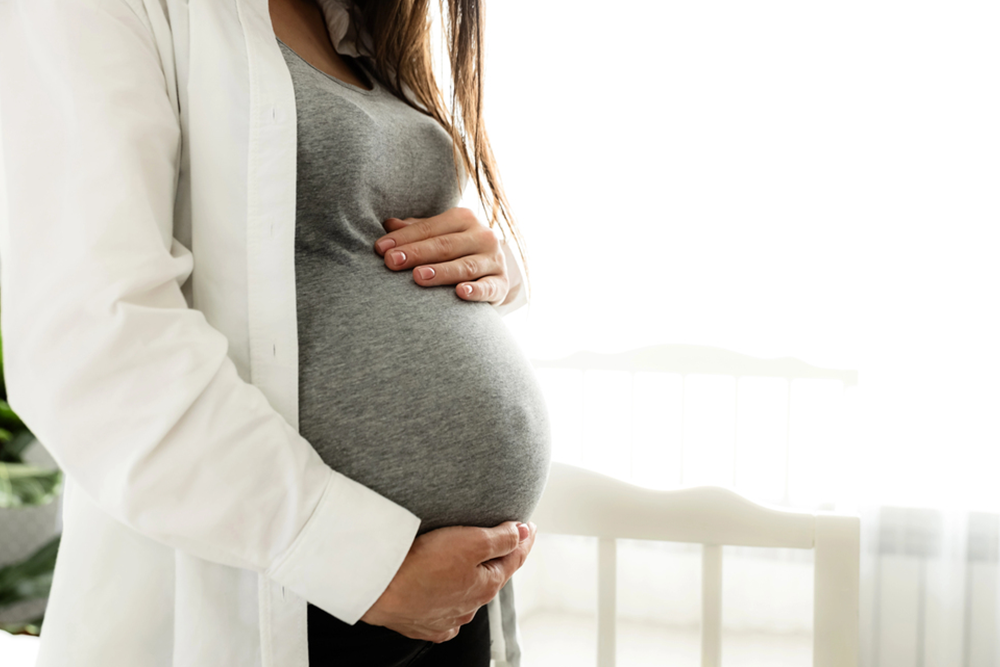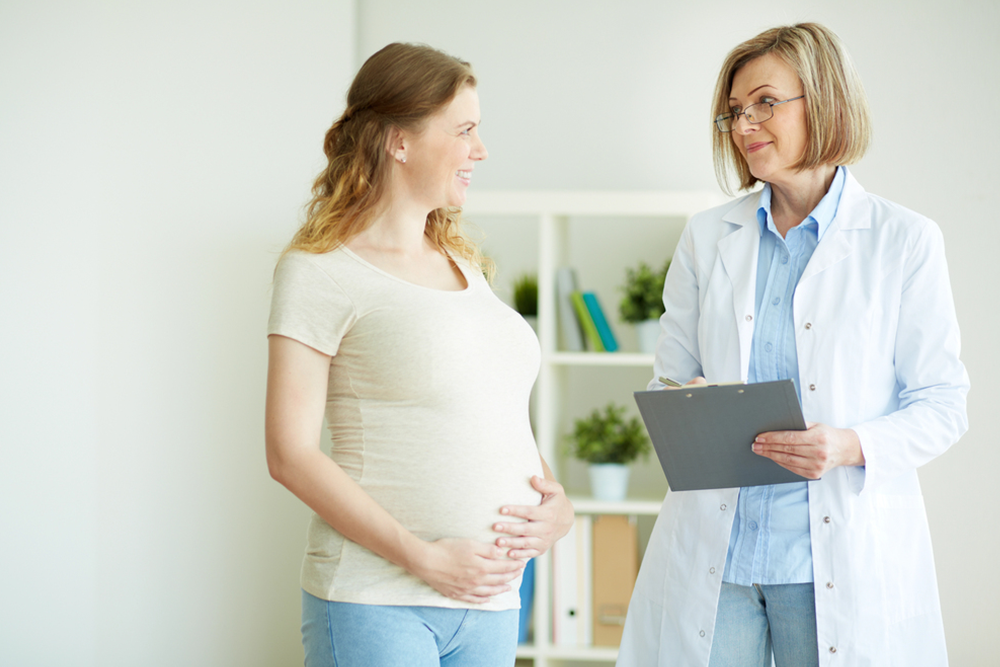Fibroids, What Are They?
Published on 10/02/20
Women who experience PMS may be experiencing more than what can be written-off as average period symptoms. Sometimes the most common of symptoms can be related to a much bigger, or maybe even smaller, underlying cause.
The most common PMS (premenstrual syndrome) symptoms range from:
- Mood swings
- Anxiousness or irritability
- Headaches
- Fatigue
- Change in appetite and/or sex drive
- Bloating or abdominal pain
- Tender breasts
- Spotty skin
- Greasy hair
Although some of these symptoms are pretty common, from one to many at a time, there are symptoms that may occur simultaneously. These may be caused by issues other than our favorite monthly visitor. One of the most common…
Fibroids.
Fibroids?
Fibroids, what are they?
Many women can develop fibroids, also known as uterine myomas, fibromas, myomas, or leiomyomas. Fibroids are growths or tumors that are made up of smooth fibrous tissue and muscle. They grow to various sizes and may cause symptoms like:
- Heavy periods
- Pain or discomfort during sex
- Painful periods
- Abdominal pain
- Lower back pain
- Constipation
- Constant urination
Or, sometimes, no symptoms at all! Which is why some women are completely unaware they even have them. It’s important to note that fibroids are almost always benign or noncancerous growths. However, there are some that begin as cancer, but can never develop into cancer if it begins benign. Cancerous fibroids are extremely rare.
Causes For Uterine Growths
The exact reason why fibroids develop is unknown. What doctors do know about these growths is that they tend to be linked to a hormone called oestrogen. Which is a female reproductive hormone that is produced by the ovaries. So naturally, they develop during a woman’s reproductive years, mostly when oestrogen is at its highest – ages 16 to 50. Only shrinking when oestrogen becomes low, normally after menopause.
Fibroids in women are common. It is estimated that 70 to 80% of women will develop them in their lifetime. 1 in 3 women developing them within the ages of 30 to 50. Occurring more often in African-Caribbean women, overweight or obese women (which increases the levels of oestrogen), and women who have not previously had children. The more children a woman has, the more the chances of developing these growths decreases.
A few other points to note:
- There are a variety of treatments available to women who are showing symptoms
- Women who are at the beginning stages of menopause are at their greatest risk for developing uterine growths
- They are normally found during routine pelvic exams
- There are treatments available
- They are a very common tumor in the reproductive tract
There are 3 main types of fibroids:
Submucosal Fibroids. Subserosal fibroids. Intramural Fibroids.
Fibroids can be found anywhere in the womb and range in sizes from a pea to a melon.
Intramural are the most common type. These fibroids develop within the muscle wall of the womb.
Subserosal are fibroids that develop outside of the womb. They develop into the pelvis and have room to become very large.
Submucosal are fibroids that grow into the cavity of the womb, and develop in the muscle layer beneath the inner lining of the womb.
In subserosal or submucosal fibroid cases, it happens where some of the fibroids are attached by a narrow stalk of tissue known as pedunculated fibroids.
And although doctors don’t know the root cause for why fibroids develop, they have been able to make some connections based on clinical research.
Some factors may or may not include:
Hormones: the hormones estrogen and progesterone, two hormones that encourage the development of the uterine lining for pregnancy, seemingly promote the growth of fibroids. Generic changes: changes in genes that are not the same as those cells normally found in the uterine muscle cells.
Extracellular Matrix: the material that makes cells stick together and make fibroids fibrous. ECM can also store and cause biological changes in current cells themselves.
Additional growth factors: alternate substances like insulin-like growth factors that help maintain body tissues and affect fibroid growth.
Age: as women age, fibroids become more common tumors that develop during the 30s to menopause.
Obesity: women who are overweight tend to have a 2 to 3x greater than average risk of developing fibroids.
Family History: if a woman who has a mother that developed fibroids, her risk of developing fibroids is 3x greater than average.
Ethnic Origin: African-American women are more likely to develop fibroids than other ethnicities
Any of these factors (that may vary woman to woman) can increase the risk of developing fibroids.
Fibroids are most often found during a regular physical or pelvic exam. Your healthcare provider may feel around for lumps during an abdominal exam to gauge for possible fibroids..
They can confirm a diagnosis with two common options:
Ultrasound: most commonly used to scan for growths. Ultrasounds use soundwaves or frequencies to scan the inside of the vagina to locate fibroids.
MRI: This test uses radio waves to be able to produce images to locate the number and sizes of the uterine growths.
Other tests may be suggested if an Ultrasound or MRI can’t identify the source of your pain. Additional testing may include:
At Home Treatments and Medication Remedies
Based on your age and health your doctor will decide on a treatment plan. Treatments can be a combination of medications. Or you can opt for natural or home remedies.
Natural or home remedies can be effective on fibroids and may be a great alternative to prescribed medicine.
These remedies include:
- Acupuncture
- Applying heat, such as a heating pad, for cramps
- Yoga
- Massage
- Gui Zhi Fu Ling Tang (GFLT) traditional Chinese medicine
- Dietary changes – avoiding meat and high-calorie foods for weight loss. Replacing with foods like green veggies and fish such as tuna or salmon, or any other food high in flavonoids.
- Managing stress
For larger fibroids, medications may be prescribed.
GnRH antagonists can be prescribed in many forms. They work by helping to shrink fibroids but stopping the body from producing FSH and LH hormones. This could be:
- An injectable – ganirelix
- An injectable – cetrorelix acetate
- An oral drug – elagolix
Other options to help control the amount of bleeding a woman may experience but won’t shrink or eliminate fibroids can be anything from an IUD, anti-inflammatory pain relievers such as Advil, and birth control pills.
Some Women May Need Non Invasive or Minimally Invasive Surgery
Surgery may be optional for very large or multiple growths. Also known as a myomectomy. This is performed by making a large incision in the abdomen to access the uterus and remove the fibroids.
Non Invasive or minimally invasive procedures such as FUS, or forced ultrasound surgery, is an MRI machine that allows doctors to get a visual of your uterus using high-frequency sound waves to destroy the fibroids found.
Another procedure called Myolysis can shrink fibroids using heat sources with instruments like lasers. The opposite, called cryomyolysis which can freeze these growths. Similar to freezing off warts found on your hands or body.
Endometrial ablation, which is where a special instrument is inserted to destroy the uterine lining using heat, hot water, electric current, or extreme cold.
The last nonsurgical option is an uterine artery embolization. This is where small particles are injected into the uterus which cuts off the blood supply from the fibroids.
If the condition gets worse, and treatments are not helping. A hysterectomy may be performed. This is the removal of the uterus/womb, without the option to bear children in the future.
Each woman’s diagnosis may vary. Treatment may not need to be considered at all if the uterine growths are small enough and do not produce symptoms.
Call Rosh Maternal & Fetal Medicine for their Expertise
Uterine fibroids represent the most common gynecologic tumors, affecting about 20-50% of women of reproductive age.
These uterine growths can produce pain and heavy bleeding and may interfere with your ability to get pregnant. The doctors at Rosh Maternal & Fetal Medicine have years of experience treating fibroids, including using minimally-invasive surgery. If you have pelvic pain, please call their office in the Midtown East area of New York City, or schedule an appointment online.
If you have any questions or it’s time to schedule an exam with an OB/GYN, talk to our team by phone or book an appointment online to get started. Call one of our six convenient NYC locations or schedule a video consultation online today. Come visit your NYC Maternal and Fetal Medicine Specialists for the safest possible care for you.




